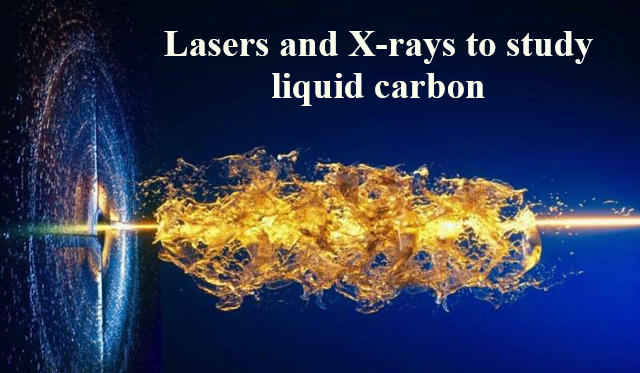PREVIOUS
Structure of liquid carbon
July 31 , 2025
12 hrs 0 min
69
0
- The Scientists used lasers and X-rays to study liquid carbon, which forms under extreme heat and pressure.
- The atomic structure resembles diamond, not a simple liquid, reshaping our understanding.
- This discovery aids the planetary science, fusion energy research, and material science by revealing carbon’s behaviour under conditions found in planets and fusion reactors.
- Liquid carbon refers to carbon in a liquid state, which is not naturally stable under normal temperature and pressure conditions.
- The Carbon typically exists in solid forms like graphite, diamond, or as a gas (CO₂) when oxidised.
- Carbon does not melt under normal pressure; it transitions directly from solid to gas (sublimation), making lab-based liquid-phase studies almost impossible.
- To create liquid carbon, extreme conditions are required, like pressures over 10 million times Earth’s atmosphere and temperatures around 4,500°C.
- Traditional methods fail because no material can withstand these conditions without melting.
- Liquid carbon atoms have 4 neighbouring atoms each, mirroring the diamond’s structure (but in liquid form).
- This challenges earlier assumptions of a simpler liquid structure.
- The structure is complex and ordered, akin to water’s hydrogen-bonded network but with covalent bonds.
- The experiment has narrowed down carbon’s melting point under high pressure, resolving discrepancies in past theoretical models.
- Liquid carbon exists in the cores of the giant planets (e.g., Neptune, Uranus) and white dwarf stars.
- Understanding its behaviour improves the very models of the planetary formation and dynamics.
- Inertial confinement fusion (a clean energy concept) uses carbon-rich materials.
- Knowing carbon’s liquid properties helps design efficient reactors.

Leave a Reply
Your Comment is awaiting moderation.


